
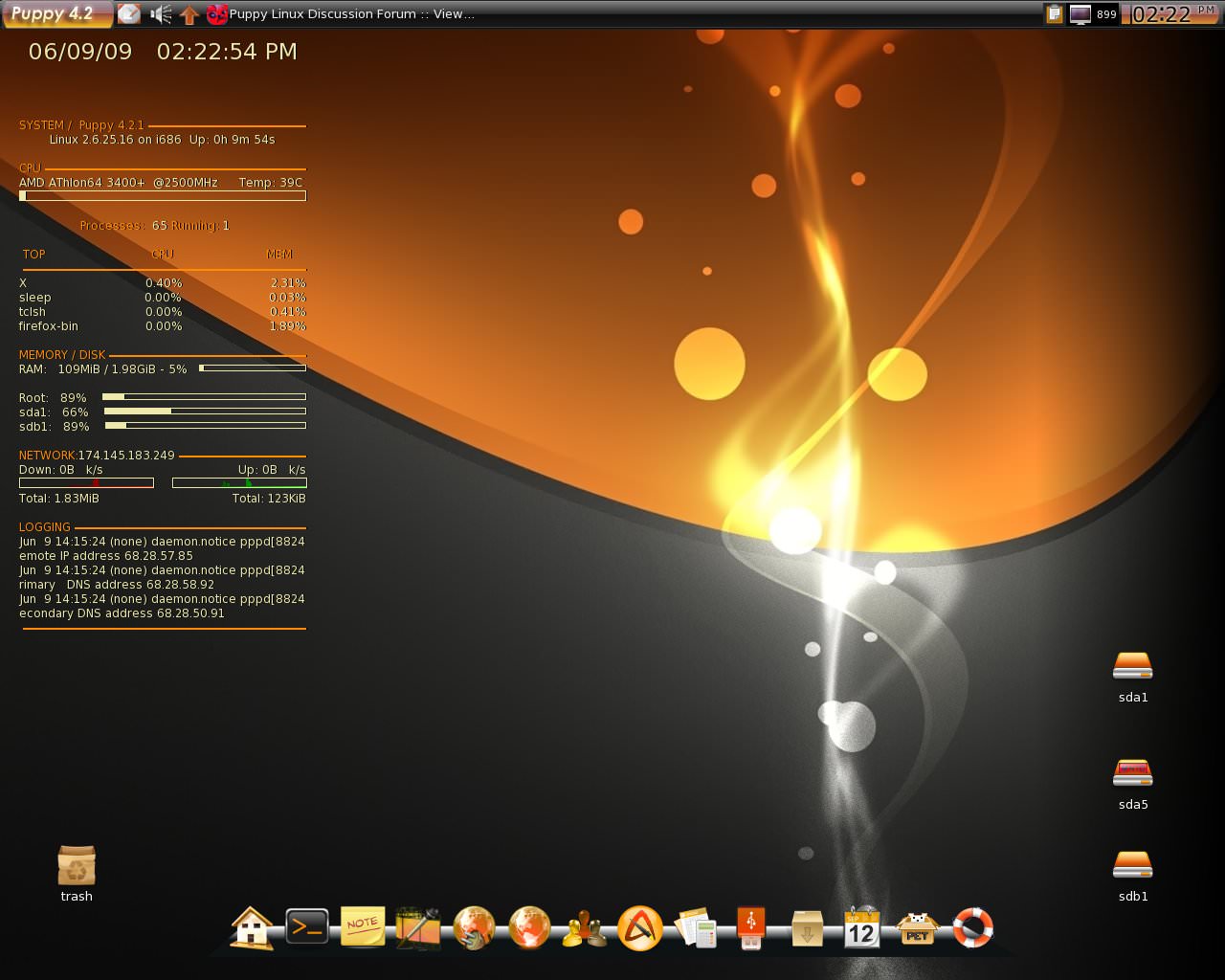
.png)
Discusses the Linux Operating System linux tutorial Learn Linux linux download linux screen linux desktop linux wallpapers

Lorem ipsum dolor sit amet, consectetur adipisicing elit, sed do eiusmod tempor incididunt ut labore et...

Lorem ipsum dolor sit amet, consectetur adipisicing elit, sed do eiusmod tempor incididunt ut labore et...

Duis aute irure dolor in reprehenderit in voluptate velit esse cillum dolore eu fugiat nulla pariatur....

Sed ut perspiciatis unde omnis iste natus error sit voluptatem accusantium doloremque laudantium, totam rem aperiam,...

Neque porro quisquam est, qui dolorem ipsum quia dolor sit amet, consectetur, adipisci velit, sed quia...

Et harum quidem rerum facilis est et expedita distinctio. Nam libero tempore, cum soluta nobis est...


.png)
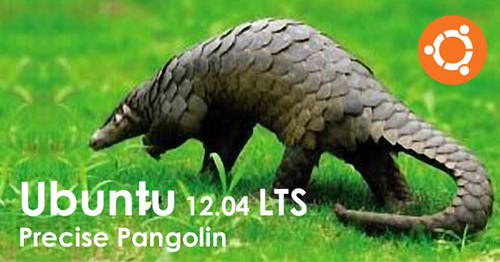
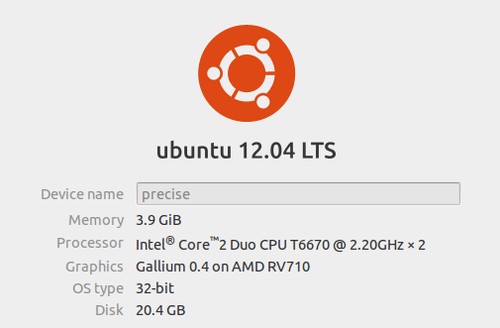
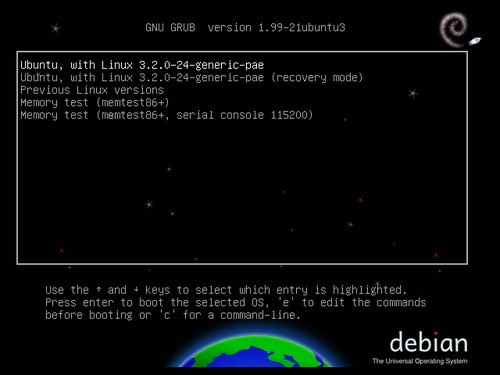
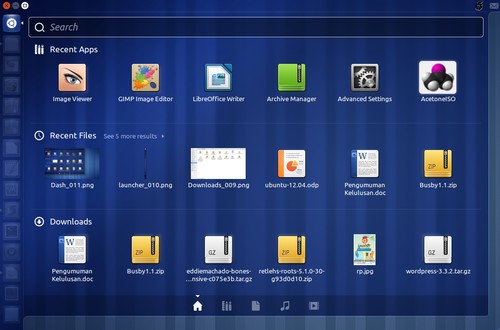





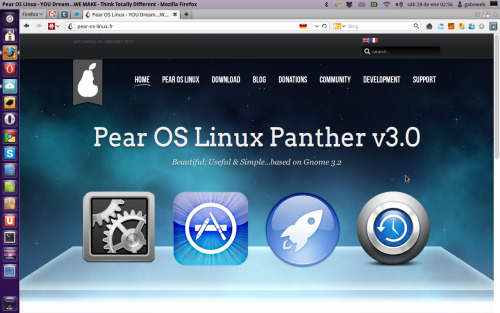






| Rank | Distribution | H.P.D* |
|---|---|---|
| 1 | Mint | 3513 |
| 2 | Mageia | 2539 |
| 3 | Fedora | 2496 |
| 4 | Ubuntu | 1681 |
| 5 | SolusOS | 1577 |
| 6 | Bodhi | 1413 |
| 7 | Snowlinux | 1322 |
| 8 | Vector | 1316 |
| 9 | Debian | 1265 |
| 10 | openSUSE | 1236 |
| 11 | Arch | 1118 |
| 12 | ZevenOS | 886 |
| 13 | CentOS | 852 |
| 14 | 2X | 832 |
| 15 | KNOPPIX | 797 |
| 16 | Ultimate | 787 |
| 17 | Puppy | 731 |
| 18 | PCLinuxOS | 722 |
| 19 | Pear | 639 |
| 20 | Parsix | 635 |
| 21 | Kororaa | 593 |
| 22 | Frugalware | 574 |
| 23 | Lubuntu | 554 |
| 24 | Slackware | 531 |
| 25 | Zorin | 504 |
| 26 | FreeBSD | 472 |
| 27 | antiX | 438 |
| 28 | Parted Magic | 425 |
| 29 | Sabayon | 422 |
| 30 | Gentoo | 407 |
| 31 | Chakra | 400 |
| 32 | CrunchBang | 360 |
| 33 | Bridge | 341 |
| 34 | Xubuntu | 331 |
| 35 | Fuduntu | 315 |
| 36 | Clonezilla | 314 |
| 37 | Tiny Core | 313 |
| 38 | Pinguy | 312 |
| 39 | Alpine | 303 |
| 40 | Deepin | 294 |
| 41 | Mandriva | 284 |
| 42 | Kubuntu | 280 |
| 43 | PC-BSD | 265 |
| 44 | BackTrack | 264 |
| 45 | Caixa Mágica | 244 |
| 46 | Red Hat | 242 |
| 47 | Grml | 233 |
| 48 | ArchBang | 230 |
| 49 | ClearOS | 225 |
| 50 | Scientific | 224 |
| 51 | MEPIS | 224 |
| 52 | Peppermint | 223 |
| 53 | Dreamlinux | 216 |
| 54 | Salix | 205 |
| 55 | ROSA | 197 |
| 56 | Unity | 192 |
| 57 | wattOS | 186 |
| 58 | Ubuntu Studio | 182 |
| 59 | SliTaz | 181 |
| 60 | BackBox | 177 |
| 61 | siduction | 171 |
| 62 | Dream Studio | 169 |
| 63 | Commodore | 165 |
| 64 | Absolute | 156 |
| 65 | GhostBSD | 155 |
| 66 | Zenwalk | 152 |
| 67 | TurnKey | 149 |
| 68 | Super OS | 149 |
| 69 | NetBSD | 149 |
| 70 | Joli OS | 149 |
| 71 | SUSE | 146 |
| 72 | Solaris | 142 |
| 73 | Netrunner | 142 |
| 74 | PureOS | 141 |
| 75 | AriOS | 141 |
| 76 | OpenBSD | 135 |
| 77 | Oracle | 134 |
| 78 | DragonFly | 133 |
| 79 | Macpup | 131 |
| 80 | Turbolinux | 129 |
| 81 | Baltix | 124 |
| 82 | Fusion | 123 |
| 83 | Yellow Dog | 121 |
| 84 | linuX-gamers | 118 |
| 85 | Open Xange | 116 |
| 86 | SME Server | 115 |
| 87 | TinyMe | 114 |
| 88 | SystemRescue | 112 |
| 89 | LuninuX | 112 |
| 90 | aptosid | 112 |
| 91 | Linpus | 111 |
| 92 | MINIX | 110 |
| 93 | SalineOS | 107 |
| 94 | Porteus | 105 |
| 95 | Legacy | 103 |
| 96 | AV Linux | 102 |
| 97 | Tails | 101 |
| 98 | Mythbuntu | 98 |
| 99 | FreeNAS | 98 |
| 100 | Lunar | 97 |
| *H.P.D = hits per day Updated daily More statistics... |
| Count your Linux Box |
Copyright © 2012 Max Mag Theme. Designed by Templateism| Distributed by Rocking Templates